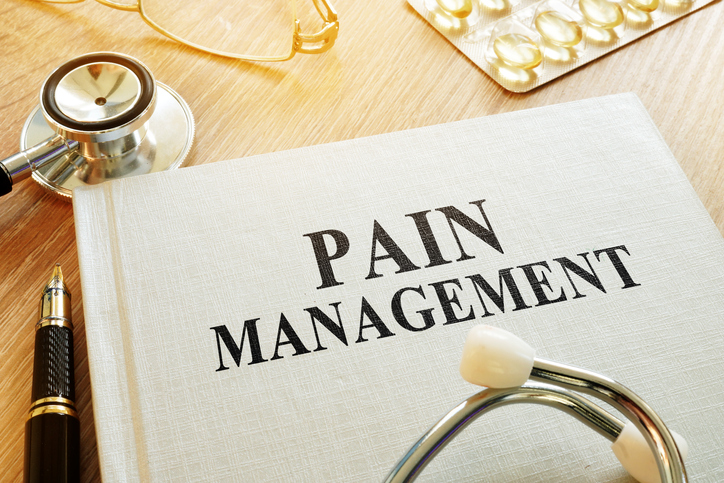Treatments
Tips for Managing Postsurgical Pain

Surgical procedures typically involve some type of postsurgical pain. Effective pain control is essential to ensure comfort, expedite recovery, and reduce the risk of complications following surgery. When pain is at a manageable level, you are more likely to engage in healing activities, such as breathing exercises and physical therapy.
Effective postsurgical pain management begins with good communication between you and your medical providers. This is especially true if you have a chronic pain condition. Below are nine tips to help manage postsurgical pain.
Develop a pain plan before surgery
Speak with your primary doctor, pain specialist, and surgeon prior to surgery to develop a plan to successfully manage postsurgical pain. Ask about what to expect during recovery, such as typical recovery time and pain type (e.g., movement pain, throat pain, muscle pain, etc.) Disclose any experience with pain medications, so the medical team can individualize your pain management plan to best suit your needs.
Follow postsurgical instructions
Your health care team will provide postsurgical instructions to aid in your recovery and minimize pain. Postsurgical instructions are dependent on the type of surgery and may include things such as wearing a neck brace, elevating a lower extremity, or using temperature therapy. They also typically include rest recommendations and rehabilitative exercises.
Take recommended pain medication
Depending on the type of surgery, pain medicine is typically administered during surgery, after surgery, and prescribed for at-home use during recovery. The class, strength, and dosage of pain medication(s) is individualized and is dependent on the kind of surgery. Types of postsurgical pain medications and delivery methods include patient-controlled intravenous analgesia, patient-controlled epidural analgesia, nerve blocks, opioid pain medications, non-steroidal anti-inflammatory drugs (NSAIDs), and non-opioid analgesics (e.g., acetaminophen). Taking pain medication as directed is an essential component of postsurgical pain management. Pain is more difficult to control if allowed to escalate to severe levels.
Keep moving
Moving your muscles helps with recovery following surgery. This does not mean engaging in strenuous activity; actually, even slight movements make a big impact on recovery. Examples include periodically sitting up in bed, moving from the bed to a chair, or taking short walks. Walking not only helps maintain muscle strength and flexibility, but it also improves breathing, helps reduce soreness, and encourages regular bowel movements.
Stay hydrated
Drinking water helps flush anesthetic medications from the body. Proper hydration also improves energy, reduces the risk of postsurgical urinary tract infections, helps with pain management, and reduces the risk of constipation.
Get plenty of sleep
Sleep is an essential component of postsurgical recovery. During deep sleep, growth hormones that promote healing and repair damaged tissue are released. Your health care professional can provide specific recommendations on how much sleep is beneficial for recovery.
Use temperature therapy
Temperature therapy involves the use of heat or cold to reduce pain. Cold therapy reduces inflammation and can numb acute pain. It can also reduce nerve activity, which assists in pain reduction. It’s important to follow postsurgical instructions when using cold therapy, as placing ice on the body can lead to tissue damage if applied for too long.
Heat therapy increases circulation and blood flow. This can soothe stiff joints and promote muscle flexibility. Ask your healthcare team if temperature therapy is an appropriate at-home treatment during your recovery.
Practice relaxation techniques and meditation
Relaxation techniques can improve heart and respiration rate, lower blood pressure, and relax the muscles. Practicing meditation can reduce the perception of pain. Engaging in relaxation techniques and meditation also releases feel-good endorphins, which can lower pain levels, decrease stress hormones, and improve sleep quality.
Participate in physical and/or occupational therapy
Physical therapy (PT) is often a part of postsurgical recovery. PT can help reduce pain, improve mobility, maximize functionality, expedite recovery, and reduce the risk of future damage to the surgical site.
Occupational therapy involves working on fine and gross motor skills required for daily activities. Occupational therapists can also help with the acquisition and proper use of mobility and assistive devices, such as wheelchairs, artificial limbs, canes, walkers, etc.
Additional sources: Verywell Health and American Heart Association
















